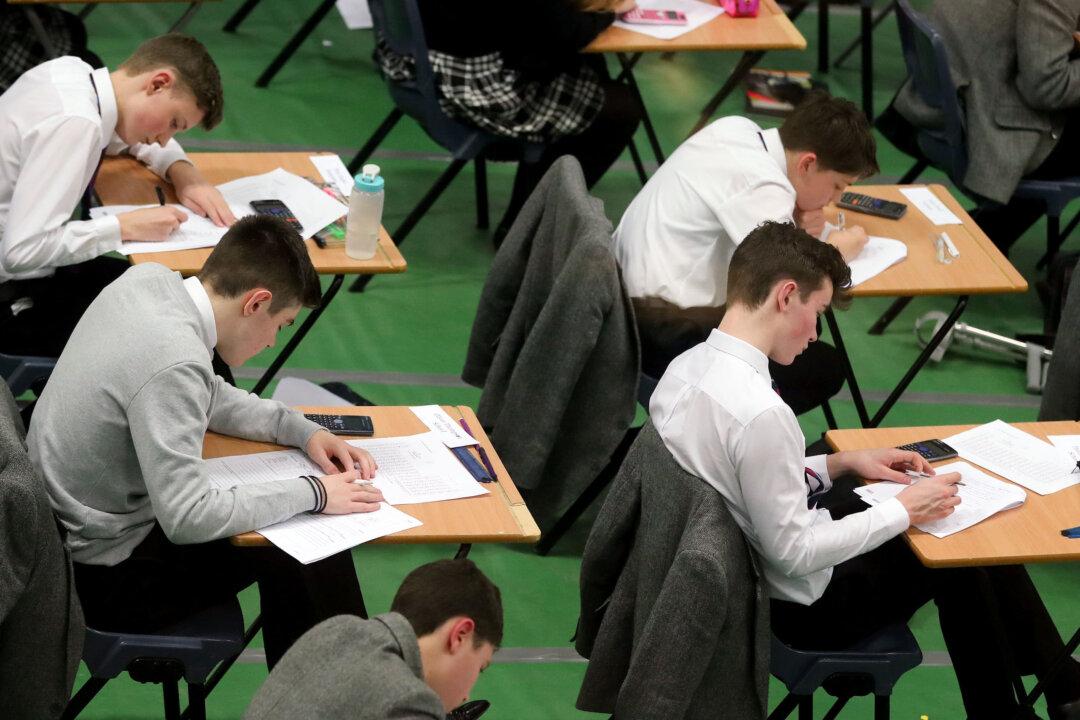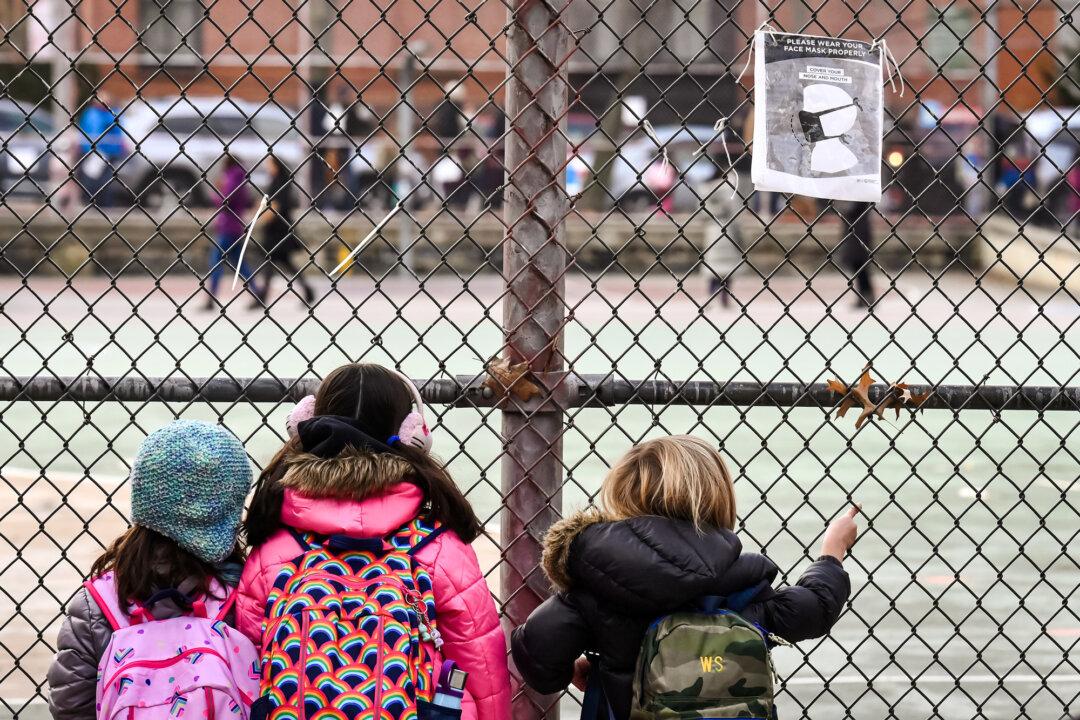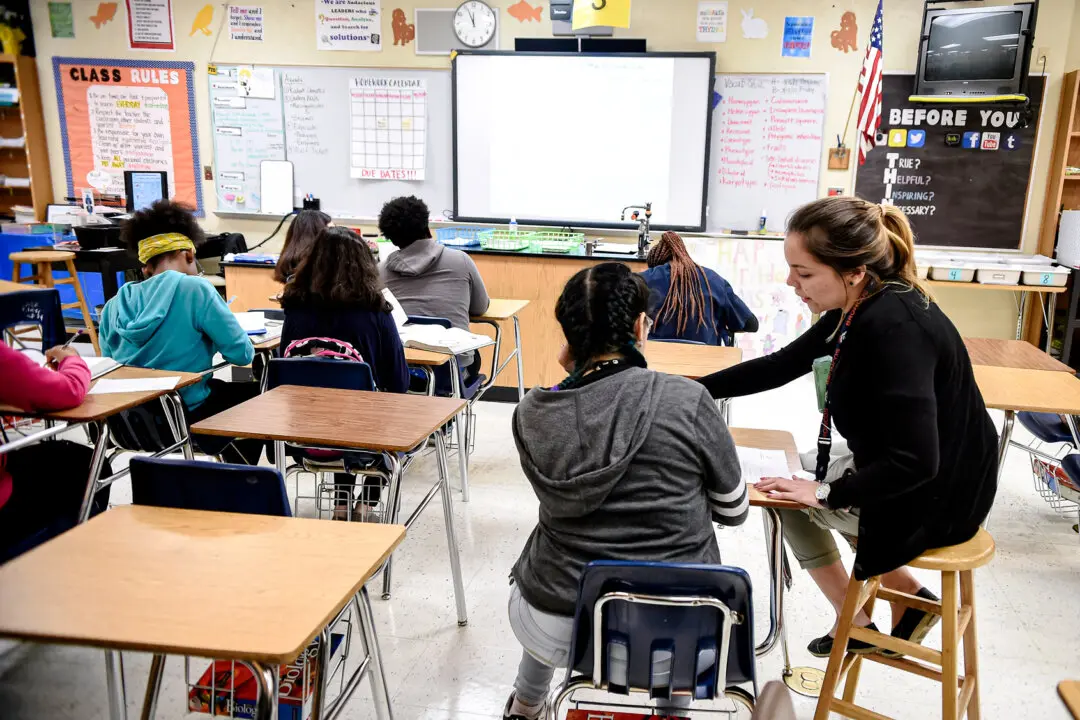By this time next year, millions of borrowers could be expected to repay student loans under the original terms agreed upon.
President Joe Biden’s Saving on a Valuable Education (SAVE) program remains halted by two federal court decisions. SAVE had provided arrangements for income-contingent repayments and debt forgiveness.





